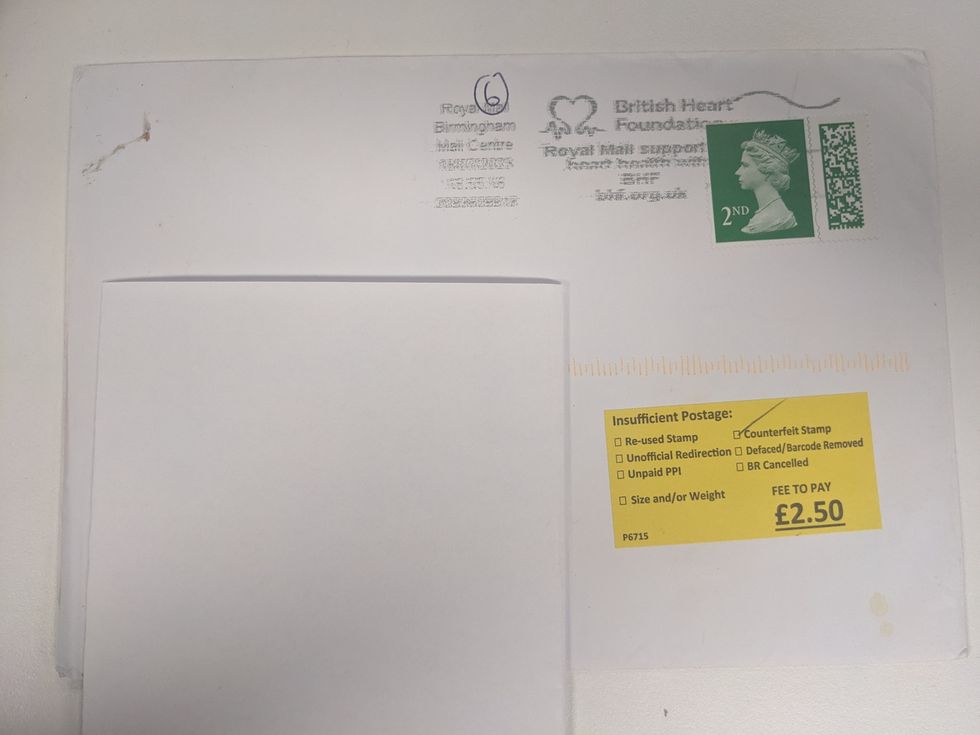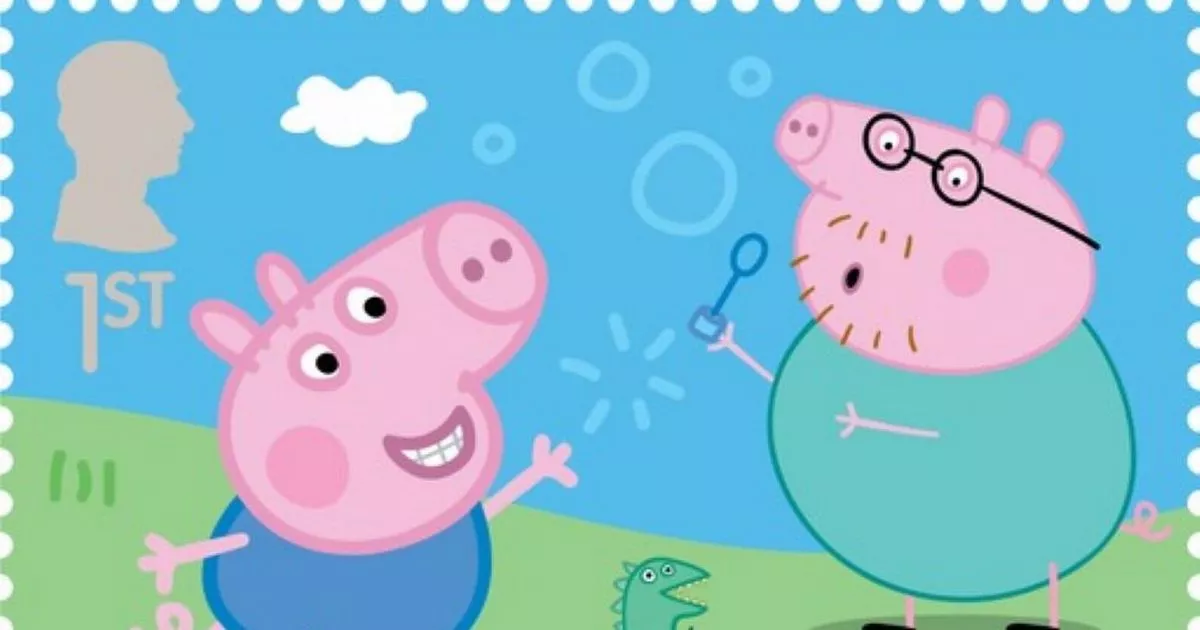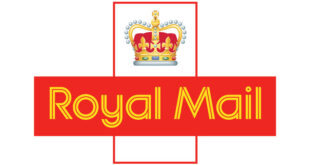A dear loved one decided not to send Christmas cards this year, opting to call up friends living across the country for a chat instead.
I can’t describe how happy I am that they did.
It’s not that I have anything against sending cards.
Rather, over the past few months, I’ve received a wealth of emails from people who have unknowingly sent or have been sent an item with a “counterfeit” stamp.
The senders insist these barcoded stamps were bought from reputable places such as Post Offices, stores with a Post Office within them and small supermarkets.
I’ve seen examples of first-class and second-class stamps, with both Queen Elizabeth II’s and King Charles III’s definitive.
The first they heard of the problem was after Royal Mail delivered a “fee to pay” note through the door, requiring £5 to be paid before the item could be released.
Recipients have subsequently found a yellow sticker has been attached to the envelope, with the words “counterfeit stamp” and “fee to pay: £5” emblazoned on it.
People have been left feeling embarrassed, fearing they look like criminals, and devastated to hear loved ones have had to fork out £5 for their well-meaning card.
Have you been affected by this issue? Get in touch by emailing money@gbnews.uk.
Royal Mail has deemed stamps bought at Post Office ‘counterfeit’
GB NEWS | PA
It sounds like a whole lot of stress which I know my loved ones could certainly do without.
I’ve raised the issue of “counterfeit” stamps being bought at reputable places numerous times with Royal Mail and Post Office over the past few months, but it continues to be a big mystery.
Royal Mail says they have a “robust, multistage process in place when assessing whether barcoded stamps are genuine”.
Post Office says Post Office Ltd receives its stamps directly from Royal Mail’s secure printers.
Meanwhile, dozens and dozens of people have continued to email in, telling me they or their loved ones have been charged £5 to get their letter.
Earlier this month, a woman recalled her shock after a stamp, bought at Post Office, was deemed “counterfeit” by Royal Mail.
Natasha had been sending a heartfelt letter to a six-year-old child.
Thankfully, she had the receipt, proving the stamps were bought at her local Post Office.
When GB News contacted Royal Mail, they confirmed the stamp was “counterfeit” and handed the enquiry over to Post Office.
Post Office said they had apologised to Natasha and offered her a £25 cash voucher as a gesture of goodwill.
In a letter to Natasha, seen by GB News, Post Office said they were unable to explain why the stamp was deemed counterfeit by Royal Mail.
It continued: “Whilst we are unable to provide an explanation in this regard, the fact remains that your postage stamp was purchased from a Post Office branch, and we are truly sorry for any loss of confidence in our services that this experience has caused you.”
Are these postal services investigating what is going on, then?
It is so important people are confident the stamps they are buying from reputable sources are genuine and won’t incur an extra £5 fee.
That’s why we need some answers as to what’s happened.
I think Royal Mail and Post Office must launch an investigation into these “counterfeit” stamps and explain to the public what has happened, to restore confidence in buying and using stamps.
I’m worried that otherwise, the number of letters being sent will only fall much further – letter volumes have already declined from 20 billion in 2004/04 to seven billion a year in 2022/23.
LATEST DEVELOPMENTS:

Royal Mail increased the “counterfeit stamp” surcharge from £2.50 to £5 last year
GB NEWS
I know that if there’s any risk my letter would lead an elderly person to travel all the way to the delivery office only to pay £5 out of their pension, I will simply telephone them instead.
And my friends would no doubt prefer a “Happy Birthday” message via WhatsApp if the alternative is them forking out a fiver for a piece of card.
I don’t want to have to rely on my phone to contact loved ones though. There is something very special about a handwritten envelope arriving in the letter box.
We can’t let the risk of “counterfeit” stamps accelerate the decrease in letter volumes.
We need to know what’s going on, and it needs to be fixed.
A Royal Mail spokesperson previously said: “Royal Mail takes the counterfeiting of postage stamps seriously. The practice is illegal. We also recognise the inconvenience and financial loss incurred by our customers who believe they are purchasing legitimate Royal Mail stamps.
“It is vital we can investigate any instance where a person believes their stamps have been incorrectly identified as counterfeit or pre-used.
“To do this, we require any customer who believes they have been incorrectly surcharged to send the envelope with the barcoded stamp attached to us, along with the exact location of where the stamp was purchased.
“We then follow a robust, multistage process when assessing whether barcoded stamps are genuine. This includes a thorough examination using specialist equipment, then a follow up inspection by a skilled member of the team, before any stamp is marked as counterfeit or pre-used.
“We will always happily review individual cases and if an error has been made then we will of course correct it.”
A Post Office spokesperson has said: “Stamps are available to buy from a number of different sources. Post Office Ltd receives its stamps direct from Royal Mail’s secure printers.
“Customers who buy stamps at Post Offices are given an itemised receipt, and this will be required to investigate any allegations of fake stamps.”
Source link



